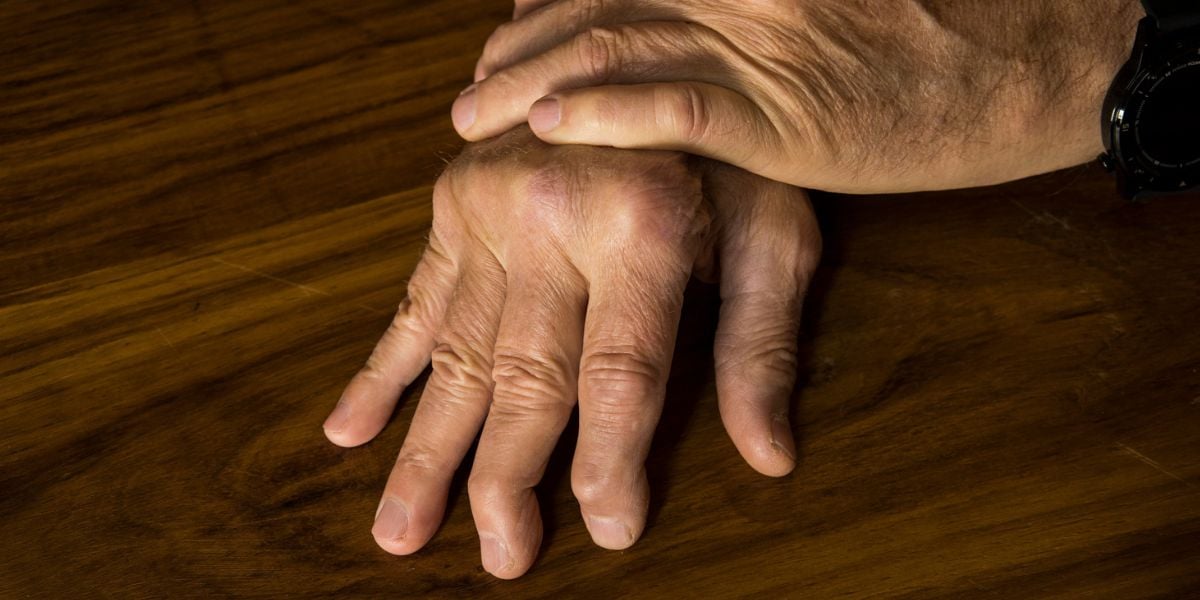Postural hypotension is lower than normal blood pressure more commonly seen in the elderly and in some patients with conditions such as diabetes and Parkinson’s disease.
Postural hypotensio, also referred to orthostatic hypotensio, can cause people to feel dizzy or light-headed upon standing.
What is postural hypotension?
Postural or orthostatic hypotension is defined as a fall in systolic blood pressure (the top number in a typical BP reading) by 20mmHg or more after changing position or posture, typically from lying to standing.
Such a drop in blood pressure after changing posture can reduce the flow of blood to your brain, causing dizzy spells and in some cases loss of consciousness and falls.
How is it linked to diabetes?
When you stand up, the build-up of blood in your legs causes blood pressure to decrease as there’s less blood circulating back to your heart to pump.
The body naturally counteracts this by increasing your heart rate so that more blood is pumped around the body to help stabilise blood pressure.
Postural hypotension occurs when something interrupts this natural response, such as dehydration, which is a common problem for people with less well controlled diabetes as a result of frequent urination
Diabetes can also damage the nerves supplying your blood vessels, which in turn can lead to a drop in blood pressure upon standing up or any other sudden movements where your blood vessels may find it hard to adjust.
What else can cause postural hypotension?
In addition to diabetes, postural hypotension can be bought on by the following conditions:
- Anaemia
- Heart problems
- Hypovolaemia (severe blood and fluid loss)
- Peripheral neuropathy
- Parkinson’s disease
Postural hypotension can also be caused by various medications, including antidepressants, diuretics (water medication), and drugs that reduce blood pressure or cause hypovolaemia.
Mobilising after prolonged bed rest can also lead to a large drop in blood pressure.
Although not a cause, age is a risk factor for postural hypotensio, with up to a third (33%) of adults over the age of 65 affected by this form of hypotension.
What are the symptoms?
The symptoms of postural hypotension can vary but often include:
- Dizziness or light-headedness
- Confusion
- Fatigue and general weakness
- Nausea
- A rapid, or irregular heartbeat (palpitations)
- Blurred vision
More severe symptoms caused by reduced blood supply to your brain and other organs and muscles include:
- Chest pain (angina)
- Pain in the lower back, neck or shoulders
- Fainting or passing out
- Falls when changing body position (posture)
Note that symptoms will vary from person to person, and in some cases may not show at all.
If you have frequent symptoms you should contact your GP for further advice.
How is postural hypotension diagnosed?
Your doctor or nurses will take a blood pressure reading when you are lying down and then again within a minute of you standing, or sometimes after 3 minutes of standing.
If your systolic blood pressure decreases by 20mmHg or more between readings, your GP or nurse will make a postural hypotension diagnosis.
Treating postural hypotension
Once postural hypotension has been identified, the main goal is to alleviate the symptoms and prevent them from recurring in order to reduce the risk of injury and maintain the patient’s quality of life.
This usually involves combination of general lifestyle advice and treating any underlying cause of the condition, such as dehydration. In some cases, doctors may review and, if necessary, modify any medication you’re o, which for people with diabetes may include insulin and/or oral hypoglycemics
If you have diabetes, your doctor may assess your bone health as both diabetes and postural hypotension can increase the risk of falling and bone fractures, especially in elderly patients.
If you have naturally low blood pressure and it’s not affecting your health – i.e. you have no symptoms – then no treatment may be required.









